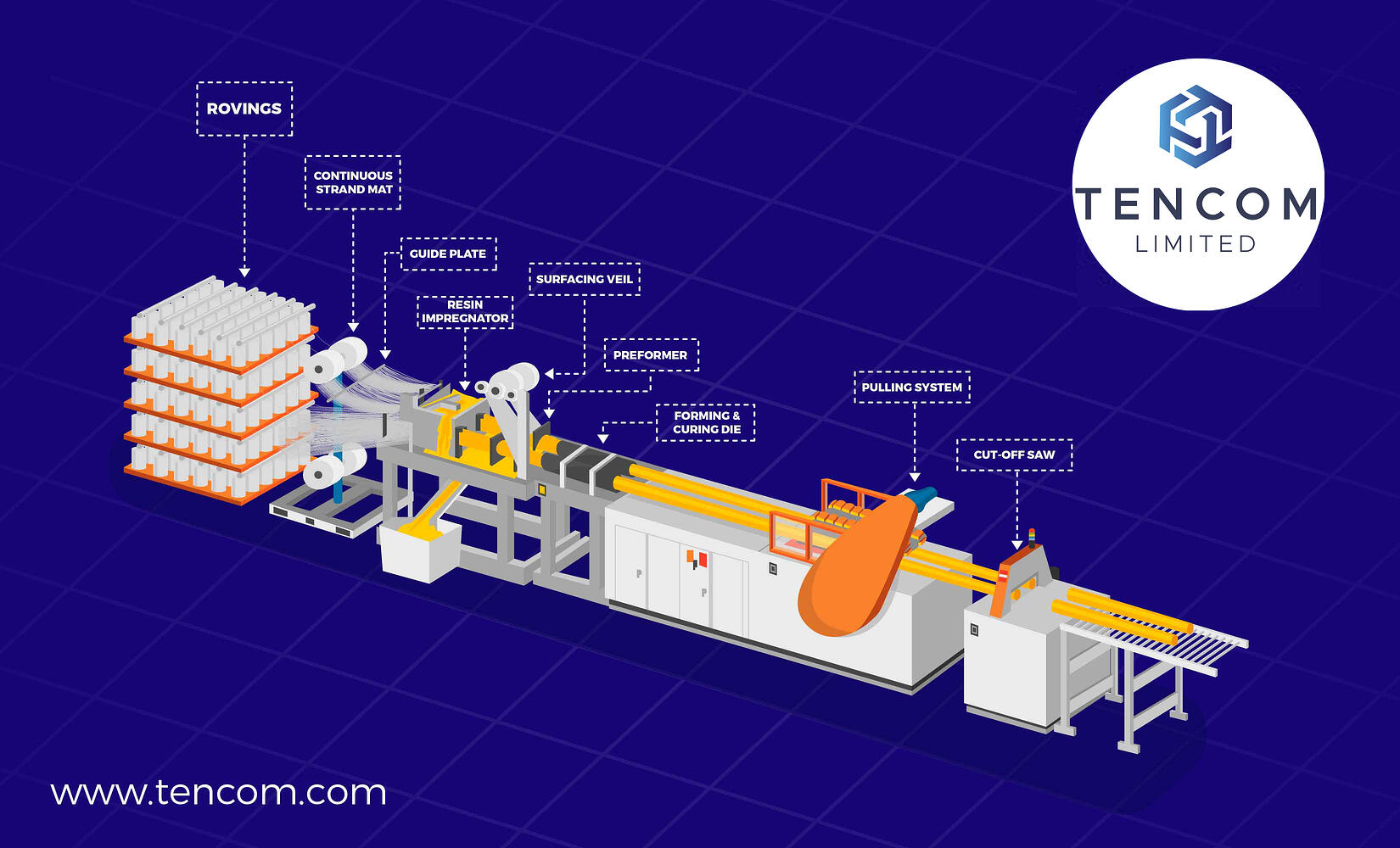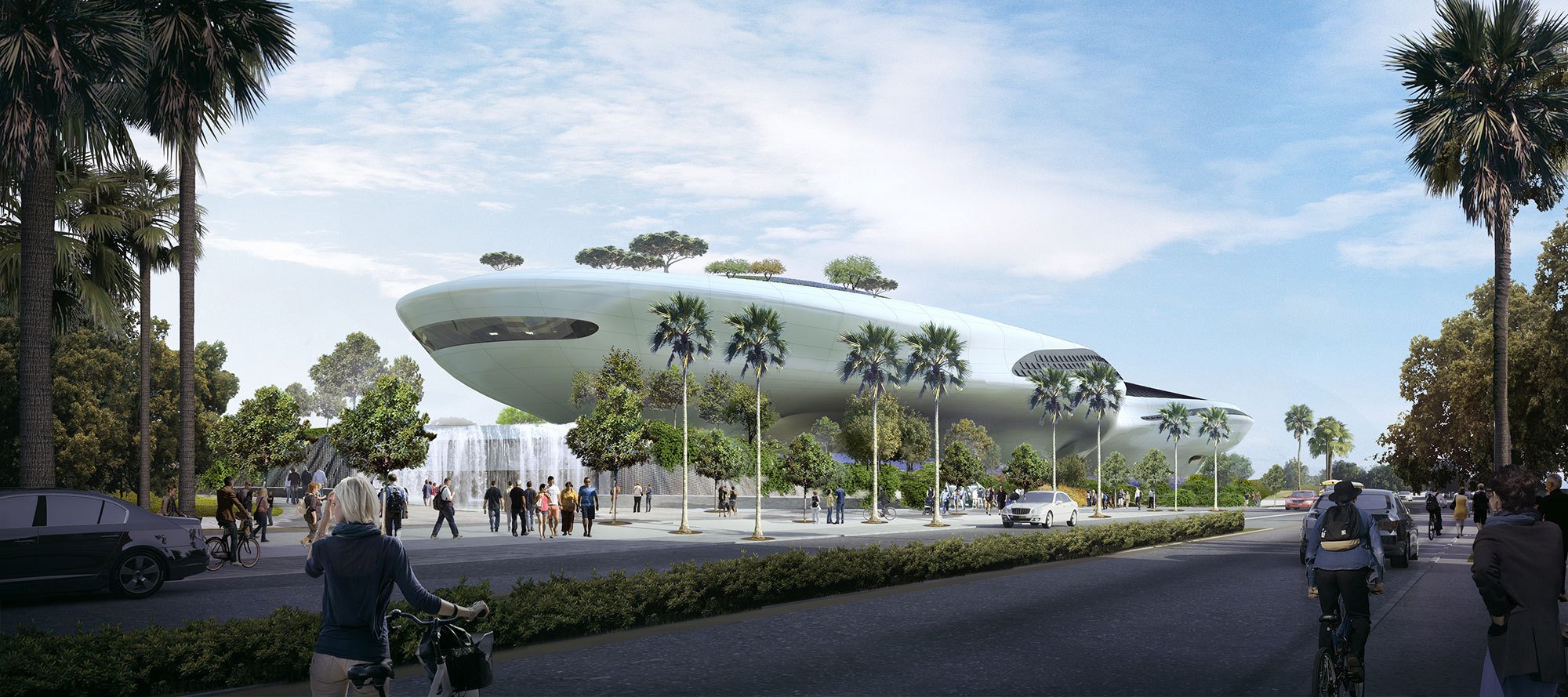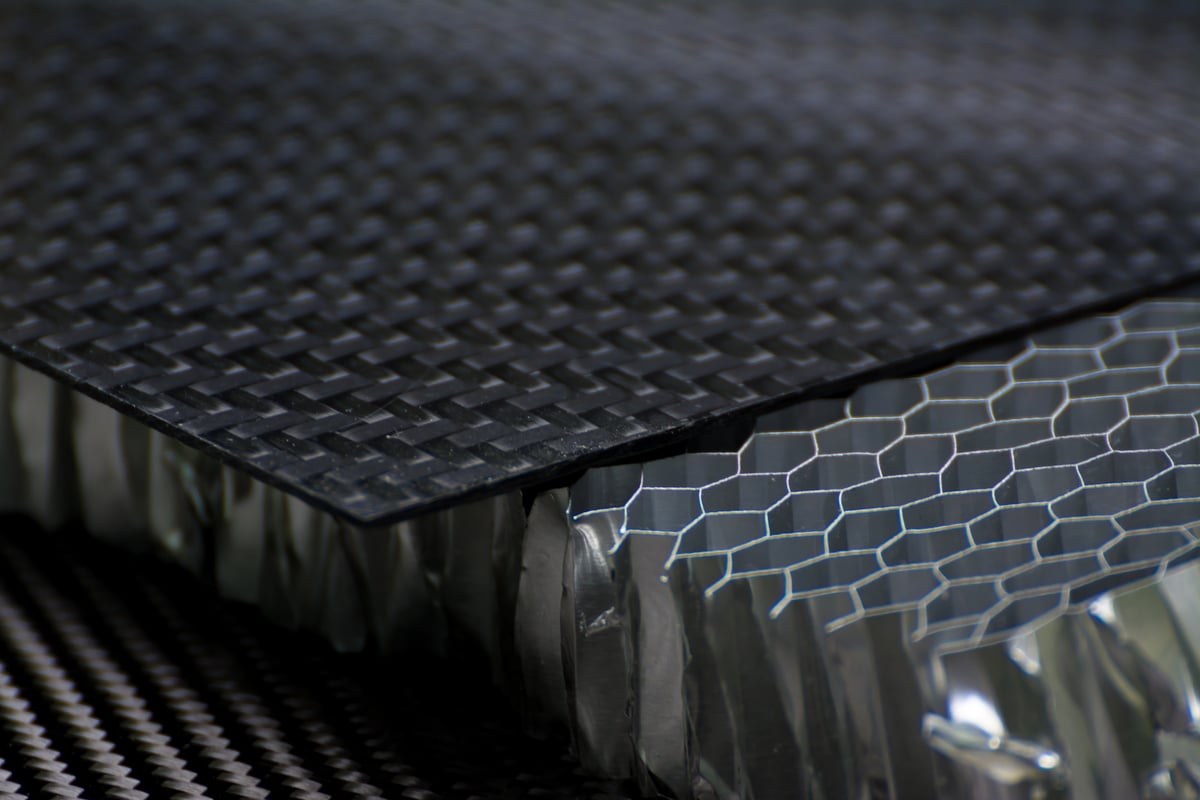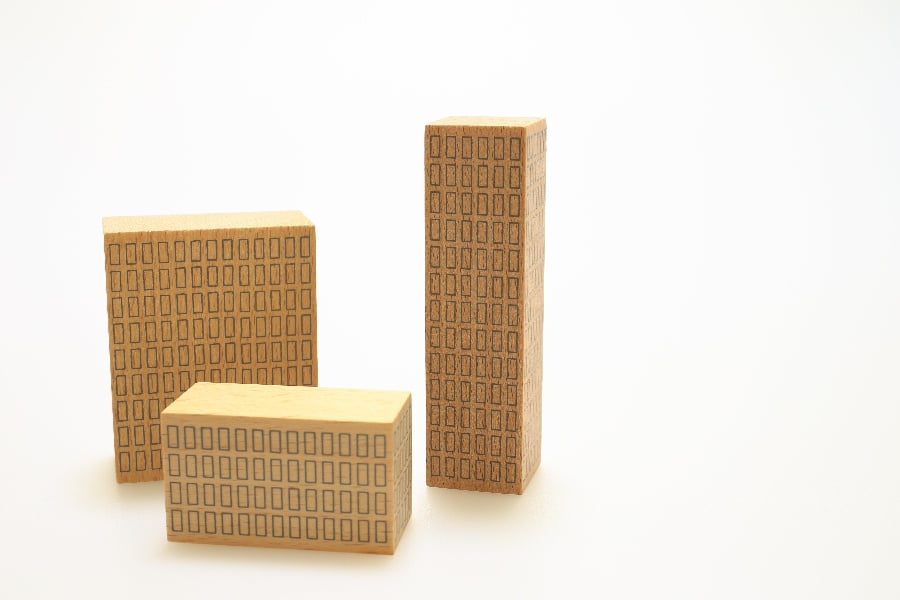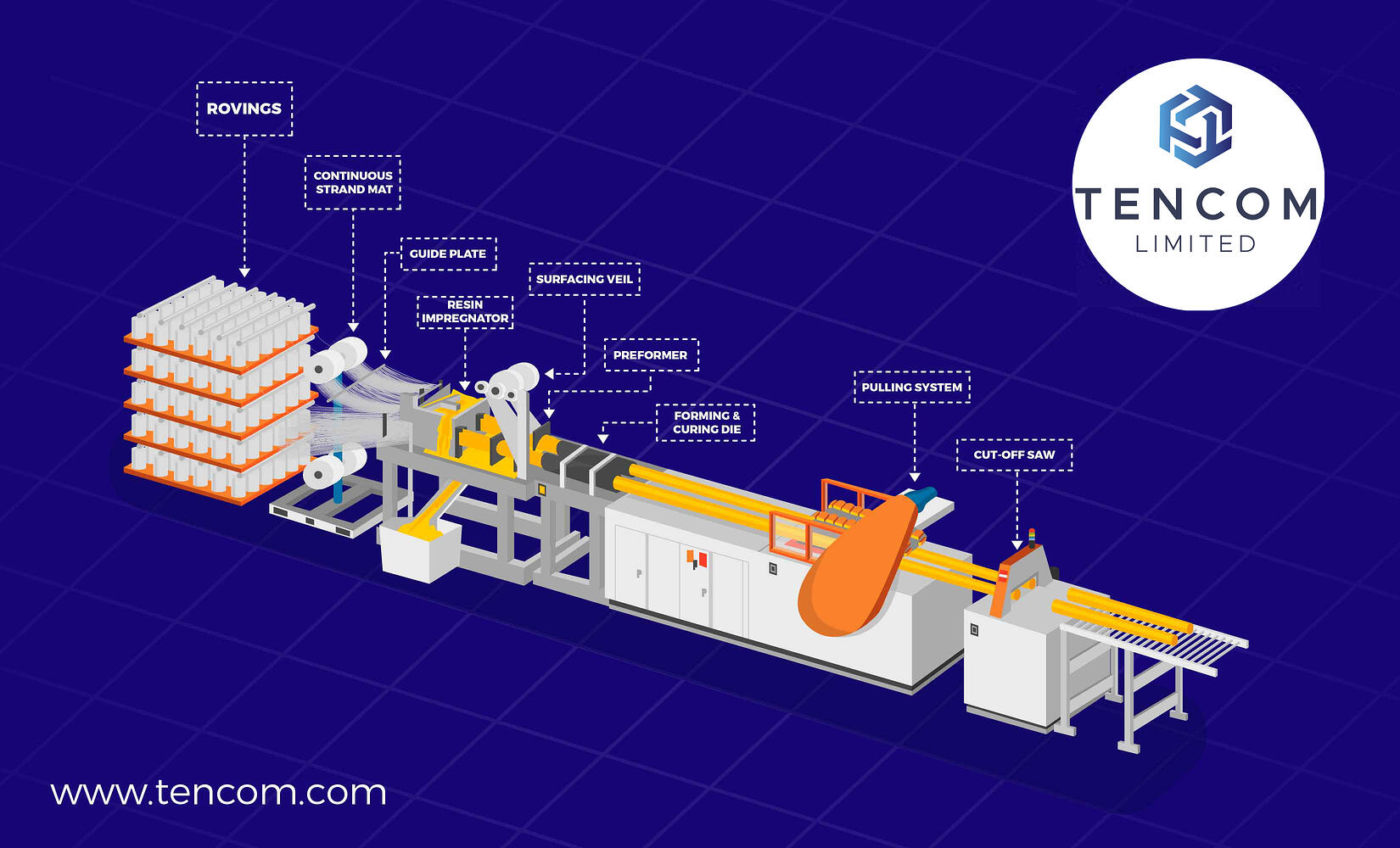
As one of the last remaining unexplored frontiers, space exploration is truly an extraordinary venture that our generation is lucky to be a part of.
With that being said, scientists are coming up with new state-of-the-art technology every day to make space travel easier and safer. Due to extreme weight restrictions that every spacecraft has, it should come as no surprise that Fiber Reinforced Polymer (FRP) composites are becoming very popular in the aerospace industry.
From smart spacesuits that can detect damage to spherical cryogenic tanks that carry propellants, FRP composites can be put to use in just about any way imaginable. In fact, there is an FRP composite rocket that is getting ready to launch right now.
Introducing Prime
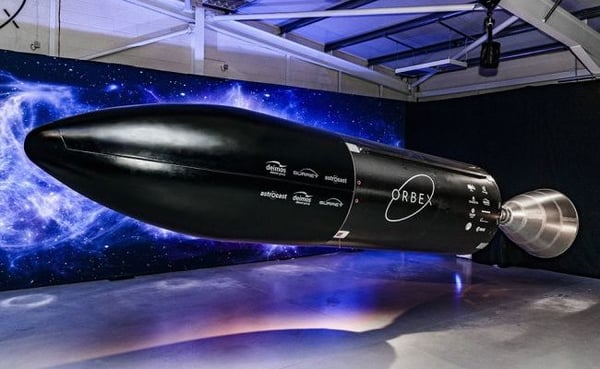
Pic Credit: orbex.space
A sparkling new rocket known as Prime is currently under construction. Manufactured by Orbex, this lightweight rocket is being built out of carbon fiber composites and aluminum.
The goal is to make an orbital rocket that weighs approximately 30% less than other rockets that are currently orbiting our planet. It is also designed to be used time and time again while leaving no debris in orbit.
So far, Prime is not disappointing its makers. Measuring 1.3 m (4-ft-3-in) in diameter, it weighs 1.5 metric tons (3307 pounds), which is about 30% less than other same-size rockets.
Prime can accelerate from zero to 826 mph (1,330 kph) in under a minute, and it can manage a payload of 150 kg (330 lbs). What’s even cooler about Prime is that its engine has been 3D-printed as a single part. Without welding, engineers don’t have to worry about joint weakness.
Furthermore, Prime will use bio-propane. Compared to the conventional kerosene rocket fuel, bio-propane burns clean and reduces the amount of carbon emission by 90%. The bio-propane is a combination of propane and liquid oxygen. This mixture can remain in a liquid state if it is stored in a cryogenic tank.
New spherical cryogenic tanks have been built already, and they will be heading to the International Space Station this fall for further testing. These FRP composite cryogenic tanks do not have liners, which means that they are less prone to micro-cracking due to extreme temperature fluctuations.
Other FRP Composite Projects
The British company recently installed a carbon fiber winding machines at its Scotland headquarters. With the ability to operate at high speeds, this 18 m long winding machine allows the fiber rovings to be weaved rapidly.
This means that the rockets can be built faster than usual. To process larger rocket parts – like fuel tanks –quickly, the company also installed an autoclave.
In the near future, plans to launch satellites from a spaceport. However, the spaceport has not yet been built. The company is also planning on launching a ride-share mission for TriSept in 2022. All of these big plans rely solely on the success of the FRP composite rocket and this new manufacturing process.
Why FRP Composites are Favored in Aerospace Projects
Besides the fact that FRP composites are extremely lightweight and strong, there are many other reasons why the aerospace industry has become impressed with the qualities provided by FRP composite materials.
Unlike metal products, FRP composites are non-conductive. This means that they are unable to hold heat, electricity, or sound. Why do metal cooking pans have rubberized or wooden handles? Those handles are there to protect your hand from burns because the metal conducts heat.
At this point, you might be wondering why aerospace companies don’t just make rockets out of rubber or wood. Materials such as these simply cannot hold up under the immense pressures of space travel. Both are very weak materials that can melt or even disintegrate. FRP composites provide a perfect alternative – they are lightweight, non-conductive, and incredibly strong.
Let’s look at a quick comparison between steel and aluminum. These two popular building materials have been used for decades in construction. Steel is well-liked for its strength, but it is far too heavy to be practical in the long run.
Meanwhile, aluminum is much lighter than steel. It’s easier for the crew to handle because of its weight. However, aluminum is not as strong as steel.
Going by this comparison, one might think that FRP composites are not as strong as metal materials simply because they are so lightweight. However, this is not the case. Due to the pultrusion process, FRP composites are incredibly strong.
Pultrusion Process
Our experts here at Tencom specialize in fiberglass and carbon fiber composites.
The manufacturing process for FRP composite products is known as the pultrusion process. First, a type of fiber is chosen. Next, these fibers are woven together for strength, and then those fiber rovings are pulled through a liquid resin bath.
We offer a variety of specialty resins for specific purposes here at Tencom. The average production time for our products is 3 to 4 weeks, though specialty products can take anywhere from 6 to 8 weeks to complete. Pigments can also be added for customized colors and patterns.
Once the fiber rovings have been pulled through the liquid resin bath, the product is then pushed into the mold and cured. After the curation stage is complete, the hardened FRP composite product can be cut into the appropriate sizes.
The lightweight pultruded products can even be pre-drilled for easy assembly. Once they are ready to go, they will be shipped to the customer. Installation is incredibly simple and transportation isn’t very expensive. Crew members can easily assemble these manageable parts into whatever type of project you are working on.
As of now, we currently offer the following FRP composite products:
Get in Touch
If there is a project where FRP would be suitable, get in touch with our team here at Tencom today. We can create customized pultruded products that are lightweight, strong, and durable to withstand the test of time.

